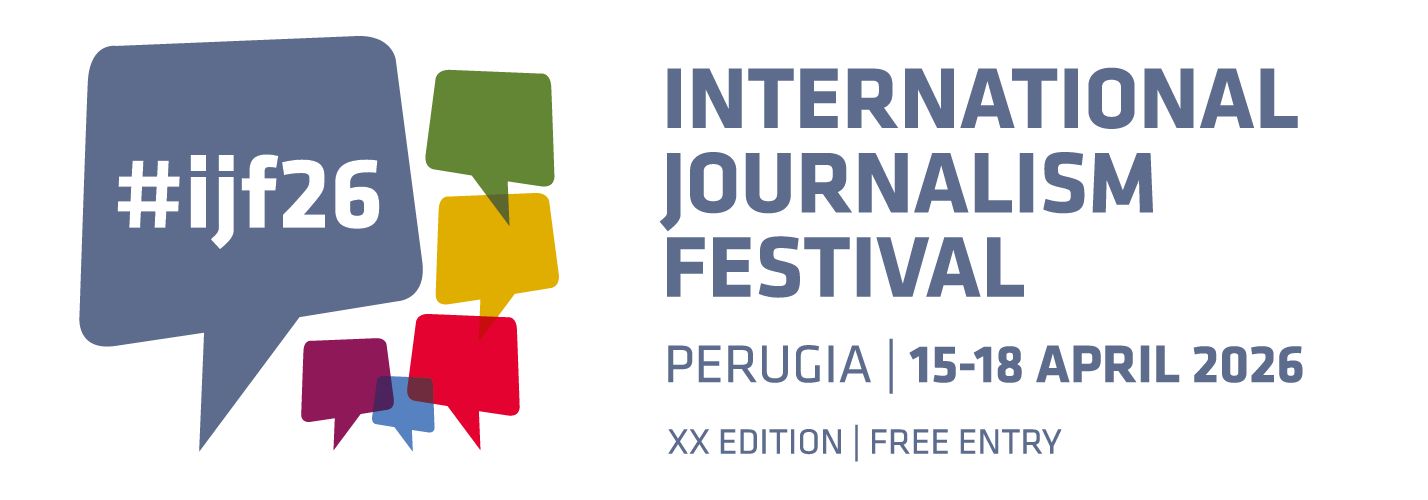Stay up to date by subscribing to our Newsletter or by following our Telegram channel, and join the conversation on Facebook, Twitter, and Instagram.
Edited by Marco Nurra
“Connect the dots”: Marty Baron warns Washington Post staff about covering hacked materials. Nearly four years since the Podesta email dump blew up the 2016 race, the Post’s top editor urges his newsroom to slow down in handling leaks and beware of echoing propaganda. “Our emphasis should be on making a sound and well-considered decision—not on speed. We should resist the instinct to post a story simply because a competitor has done so.”
Climate change news coverage has declined. The audience for it has not. In March, the coronavirus pandemic reached a global scale. News organizations around the world focused their coverage on the deadly outbreak and readership reached record levels. But while all this was going on, the climate change crisis continued its steady march. News coverage is inherently limited given the resources media organizations have to allocate. And audience attention is a finite resource. So, it’s natural to worry that focus on one crisis may reduce much-needed focus on another. However, the data show a more complicated story. On a high level, U.S. media coverage of climate change has declined since March. Readership has not followed, however. In fact, the number of readers and amount of page views has not dropped off. These patterns indicate that there is an opportunity. News publishers can expect higher-than-normal traffic for continued investment in climate change coverage.
How has Covid-19 affected press freedom around the world? There have been 426 press freedom violations worldwide in connection to coronavirus coverage, according to a tracker created by the International Press Institute (IPI), that documents arrests and charges, restrictions of access to information, censorship, excessive ‘fake news’ regulation and verbal and physical attacks happening right now. Journalists in Asia, southern Africa and the Middle East talk about the biggest challenges and what can be done.
#FinCENFiles: Secret documents show how criminals use famous banks to finance terror and death, and the government doesn’t stop it. Over 100 newsrooms in 88 countries have been reporting on this. The FinCEN Files: thousands of suspicious activity reports and other US government documents provide the public a window into global financial corruption, and the banks that enable it.
“Whenever one journalist is injured, it’s an injury to all of us,” says Hopewell Chin’ono. After he was imprisoned for 45 days, the Zimbabwean journalist talks about exposing government corruption, supporting press freedom and what’s next.
Lina Attalah is on TIME’s list of the 100 most influential people of 2020. “Shine the light. That’s the mission of journalism, but it has a personal cost in countries around the world that want to keep the darkness, confusion and fear so power can consolidate power. As other news groups in Egypt self-censor, Mada Masr, under chief editor Lina Attalah, constantly makes the choice to do stories they know will bring ‘good trouble’—and it has. After it reported embarrassing news about the son of President Abdul Fattah al-Sisi, its office was raided; its journalists intimidated, arrested, detained—Lina, most recently, outside the prison where another journalist was confined. Authorities blocked Mada Masr’s site, but it continues publishing,” writes Maria Ressa.
Hong Kong police tighten control on media with new accreditation rules. Experts say new policy enables government to decide who is a journalist and curbs power of student and online journalism.
Political divides, conspiracy theories and divergent news sources. As the nation heads toward Election Day in the midst of a persistent pandemic and simmering social unrest, a new Pew Research Center survey finds that Americans’ deep partisan divide, dueling information ecosystems, and divergent responses to conspiracy theories and misinformation are all fueling uncertainty and conflict surrounding the presidential election. While Americans across the political spectrum have been getting information about key election-related storylines, their knowledge and opinions about these issues – as well as the candidates themselves – differ strikingly based on their party affiliation and key news sources, according to the new survey.
Journalism must be an act of community-building. “An awakening, as a sudden prioritization of diversity, equity, and inclusion without foundational work and structural change, risks minimizing the historical harm that has been done and producing solutions that are shortsighted. And with so many solutions in the field of journalism being borne out of the same oppressive structures, practices, and gatekeepers, this culture of urgency encourages short-term, band-aid solutions not grounded in community. This Great Reckoning demands a transformation of the systems that got us here. The way we approach systems change is as important as the new systems we are envisioning. This calls for the kind of problem-solving that gleans from the lessons and practices of social movements.”
Publish less, but publish better: pivoting to paid in local news. New Reuters Institute’s report examines how local and regional newspapers around Europe have adapted their editorial and business strategies to remain sustainable in the digital media environment. Although these legacy media continue to derive the majority of their revenues from their print products, they recognise the need to invest in high-quality, distinctive digital content that serves existing readers while attracting the new readers who will ensure their future.
Paywalls: New York Times chief says 100m will pay for online news by 2030. Meredith Kopit Levien, who took over from Mark Thompson as CEO of the NYT this month, believes that her company can command as much as a quarter of this market. The New York Times is already the largest English-language newsgroup in terms of digital-only subscriptions, reporting 5.7m in total at the end of June this year. Its total subscriptions, including print, number 6.5m.

